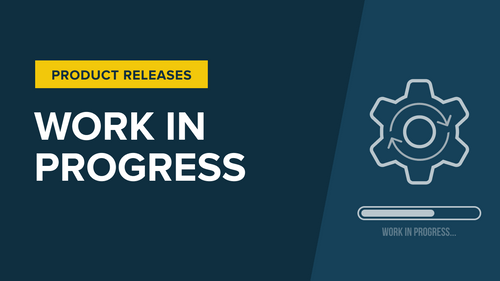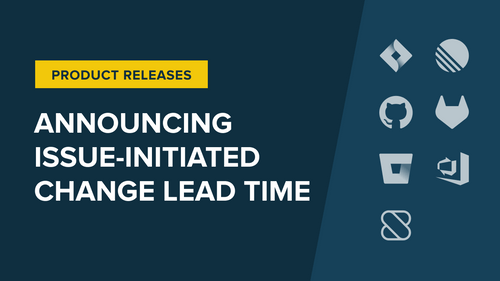Daniel de Juan
November 30th, 2022
Get in front of delivery risks by managing work in progress

zSleuth's work-in-progress (WIP) metrics provide leads and their teams highly actionable, real-time visibility into their in-flight work and its emerging risks.
Here's how it works:
- New work-in-progress dashboard for Teams and Projects shows in-flight work that hasn't yet deployed
- The dashboard compares your current work-in-progress metrics against your recent DORA metrics to highlight emerging risks
- "At-risk" items — in-flight changes performing below your averages — are highlighted clearly for the team to address
- Optional work-in-progress email digests provide ongoing awareness of emerging risk
Benefits of measuring engineering work in progress
Tracking work-in-progress metrics allows you to identify risks to in-flight work — risks that are likely to have a negative impact on your DORA metrics performance — while they are still actionable.
This early risk identification allows you to take immediate corrective actions on bottlenecks and deviations from best practices before they ship.
Sleuth customer Torsten Sinnemann, engineering software manager at Article, puts work-in-progress metrics into context. "To me, you've got all the things I worry about in one place," he says. "I don't try to get into the weeds — I let the engineers worry about the weeds. But [work-in-progress] lets me know which weeds I might need to ask questions about."
When you use WIP metrics together with Sleuth's deploy-centric project metrics and team metrics, you can identify not only systemic bottlenecks across projects and teams, but also if and how those bottlenecks manifest themselves in the present.
Work-in-progress metrics can also be helpful for communicating execution status to stakeholders, and for tracking if improvement initiatives being implemented are making a difference.
Work-in-progress metrics dashboard
The WIP metrics dashboard shows all current engineering work that's in flight during the time period selected. You can view in-flight work for any combination of Projects, Teams, Environments, or Code Deployments.
It allows you to see at a glance when an in-flight change exceeds historical baselines for batch size or change lead time (and its respective break-downs).
Your baseline is calculated based on the items that deployed during the same period as your current work-in-progress data range selection.
Work-in-progress at-risk items
Sleuth automatically identifies and highlights the following risk types:
- Batch size: Large or Gigantic batch sizes are considered at risk
- Change Lead Time and all its broken down segments: Coding Time, Review Lag Time, Time in Review, and Time Waiting for Deploy.
Any change lead time segment is considered "at risk" if its current value exceeds baseline by more than 30%.
Using work-in-progress to help your team
If you are an engineering team lead, you can point your team to the WIP screen and make it a habit to monitor at-risk items during their sprint.
Another, more convenient way to always remember to do so is to subscribe to the daily work-in-progress email digest.
Give it a try!
For more information, read the docs, or navigate to the Work-in-Progress screen and start using it!
Don’t have an account? Try Sleuth free for 30 days.


